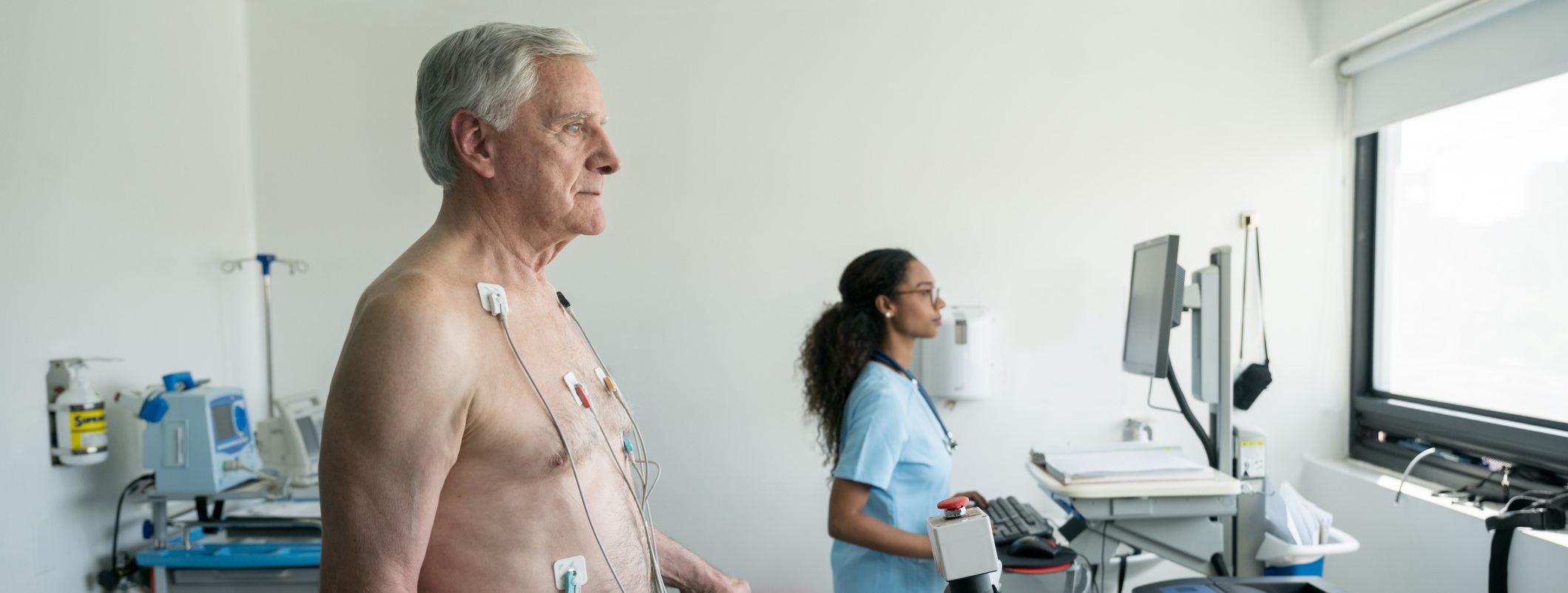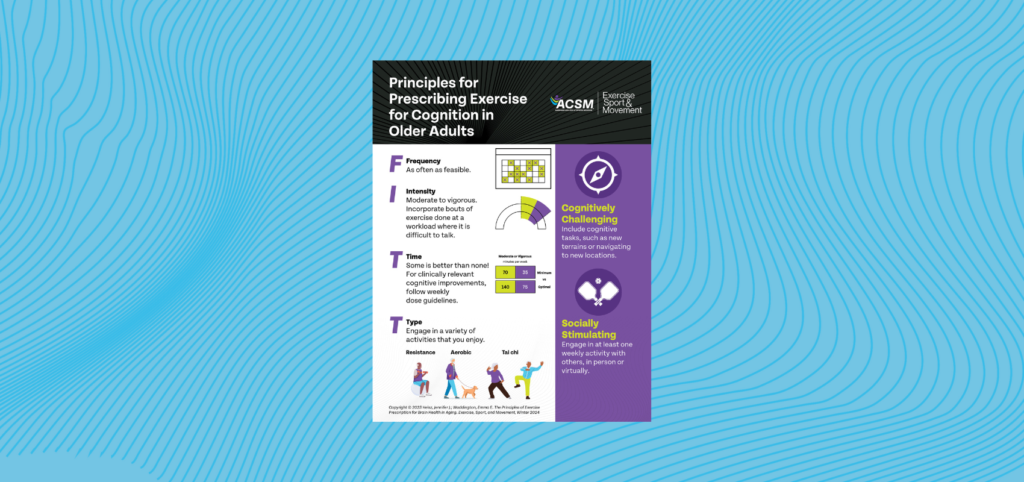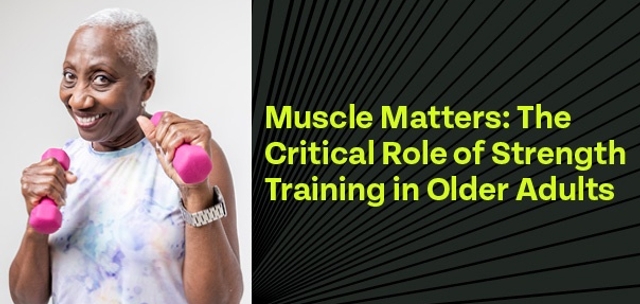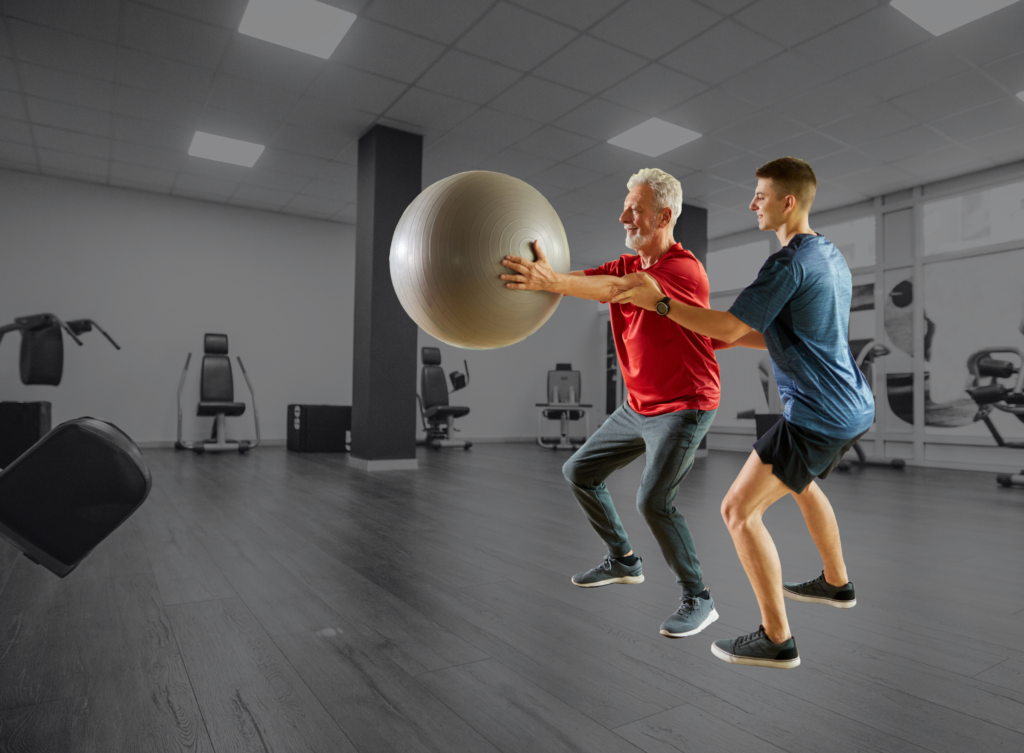The health fitness industry is at a crossroads. Fitness influencers—who lack formal exercise science education and/or a health fitness certification—often share misleading or oversimplified advice on program design, nutrition, and health/well-being. This type of content can perpetuate misinformation, undermine evidence-based practices, and most importantly, erode public trust in qualified exercise professionals. That erosion of trust makes it nearly impossible to integrate structured exercise programs and physical activity into healthcare systems. Further, it leaves the public struggling to separate uninformed opinions from sound, evidence-based practice. We must ensure that exercise professionals are adequately prepared and qualified to work to raise the credibility of the health fitness profession—this is particularly important for patients at high-risk of injury/death and clients who participate in maximal training programs.
The ACSM Certification Board strategically raised the bar of degree requirements for its certified Exercise Physiologists (ACSM-EP) and certified Clinical Exercise Physiologists (ACSM-CEP) credentials to position these professionals as vital members of the healthcare continuum. Starting August 15, 2027, exercise science or exercise physiology degrees must be earned from a CAAHEP-accredited program for candidates to be eligible for the ACSM-EP and ACSM-CEP certification exams. This is a pivotal step to advance the health fitness profession to ensure ACSM-certified professionals are adequately and consistently prepared at scale.
Why Programmatic Accreditation is an Essential Investment
In occupational credentialing, programmatic accreditation serves as a quality assurance mechanism that ensures the public that educational programs are effectively and consistently preparing individuals for specific careers. It validates that educational programs deliver curriculum aligned with industry standards, employ qualified faculty, and equip students with the competencies needed for professional success. This process not only enhances the credibility of the profession but also supports workforce development by producing graduates who are ready to meet the demands of their field and contribute meaningfully to their industry of choice.
In nursing, for example, programmatic accreditation has long been a cornerstone of professional preparation. Accrediting bodies such as the Commission on Collegiate Nursing Education (CCNE) and the Accreditation Commission for Education in Nursing (ACEN) ensure that nursing programs meet rigorous educational and clinical standards. This process prepares graduates for practice and reinforces the profession’s credibility, accountability, and integration into the existing healthcare system. By adopting similar accreditation models, exercise science programs can elevate their professional standing and better prepare graduates for meaningful careers in health and well-being.
Dispelling CAAHEP Accreditation Myths
Before jumping into how to get an exercise science program accredited, let’s address some common misconceptions.
Myth: CAAHEP accreditation is ACSM accreditation
Reality: The Commission on Accreditation of Allied Health Education Programs (CAAHEP) established the Committee on Accreditation for the Exercise Sciences (CoAES) in April 2004. The primary role of the CoAES is to establish standards and guidelines for academic programs, with a secondary role of establishing and implementing a process of self-study, review, and recommendation for all programs seeking CAAHEP accreditation. CAAHEP is responsible for making accreditation decisions. The CoAES works directly with Exercise Science, Exercise Physiology, and Personal Fitness Training programs through the accreditation process and makes recommendations to CAAHEP.
ACSM is one of six sponsoring organizations of the CoAES, along with the American Kinesiotherapy Association (AKA), American Red Cross, Collegiate Strength and Conditioning Coaches Association (CSCCa), National Academy of Sports Medicine (NASM), and the National Council on Strength & Fitness (NCSF).
Myth: CAAHEP accreditation is expensive and has a complex audit process
Reality: CAAHEP accreditation is outcome-based, not process-based. The focus is on measurable outcomes like student retention, graduation rates, and certification exam pass rates which programs report on annually. Fees are structured to ensure accessibility and are generally lower than many other accreditation models. For initial accreditation, there is a one-time $750 fee and only the expenses related to a two-day in-person visit are required for the site visit. Annual fees are assessed by both CAAHEP and CoAES and are designed to be affordable.
Myth: CAAHEP accreditation process is long and complicated
Reality: The length of the accreditation process varies by program. Depending on resources and availability, some programs take less than one year to complete, while other programs can take up to 2-3 years. After a program submits its self-study, the turnaround time for a site visit is typically 2-3 months. Following the visit, the program is given two weeks to respond to the site visit report. The CoAES then makes a recommendation to the CAAHEP Board of Directors, which takes action on recommendations at one of its six meetings per year. Dedicated support is available and the CoAES can assign an accreditation mentor to guide programs throughout the self-study process.
Myth: CAAHEP accreditation will force programs to change its name and/or hire additional staff
Reality: The program name does not need to match the accreditation title. The accreditation simply applies to the program itself. For example, a program name may include, but is not limited to, Exercise Physiology, Kinesiology, Biomechanics, Human Performance, Sports or Movement Science. In terms of staffing, the only requirement is an appointed program director who meets specific qualifications. For Exercise Science programs, the Program Director must possess a minimum of a Master’s degree in Exercise Sciences and have work-related experience in the Exercise Sciences. In contrast, for Exercise Physiology programs, the Program Director must possess a minimum of a doctorate degree and work-related experience that exceeds that for which the students in the program are being prepared.
Steps in Becoming Accredited
The accreditation process is a straightforward and collaborative partnership.
- Step 1: Request for Accreditation Services (RAS). A Request for Accreditation Services form is submitted electronically through CAAHEP’s website which is delivered directly to the CoAES who will send information to begin the accreditation process. RAS forms need to be current within a year of accreditation decisions. Programs may request self-study materials directly from the CoAES if they feel they may need more than a year to complete the process and can submit the RAS as they near completion.
- Step 2: Complete the Self-Study. A self-study application is received and submitted electronically. The self-study report is completed by the program, and documents how the program meets each of the Standards as outlined in the Standards and Guidelines document. This is submitted electronically to the CoAES who will review the submission and provide any feedback if necessary. The CoAES is available to provide on-going support for programs as they complete the report.
- Step 3: Site Visit. Once the self-study has been reviewed, a 2-day, in-person site visit is scheduled. The site visit provides the CoAES the opportunity to verify information submitted in the self-study in order to further assess the program. A site visit includes review of program documentation and facilities, as well as interviews with students, graduates (if applicable), faculty, administration, advisory committee members, and others. Programs receive a report of site visit findings from the CoAES and are given the opportunity to respond to findings prior to further consideration.
- Step 4: Review and Decision. The CoAES board reviews the finalized findings from the site visit and develops an accreditation recommendation to forward to CAAHEP for decision and action. The CAAHEP Board of Directors reviews the recommendation and takes action at one of its six meetings per year (January, March, May, July, September, and November). Letters notifying programs of the CAAHEP Board’s decision are electronically distributed to the President, Dean and Program Directors the week following the meeting.
CEPA, ACSM’s Partner in Programmatic Accreditation and Professional Advocacy

The Clinical Exercise Physiology Association (CEPA) fully supports programmatic accreditation in the exercise sciences. This position is consistent with its mission to advance the scientific and practical application of clinical exercise physiology for the betterment of health, fitness, and quality of life for patients at high risk or living with a chronic disease. For CEPA, ensuring that clinical exercise professionals are recognized for their vital role in improving community health is a core mission. The organization believes that a high-quality, programmatic accreditation is a cornerstone of this effort, as it builds the trust and credibility needed to position qualified exercise professionals as invaluable members of interdisciplinary healthcare teams.
To help programs navigate this process, CEPA has provided an accreditation toolkit for faculty and department leaders.
Click the following link: CoAES Accreditation Toolkit.
In collaboration with the CoAES, CEPA created an accreditation toolkit to help guide clinical exercise physiology programs and professionals stay informed and compliant with accreditation standards. CEPA advocates for the professional recognition of clinical exercise physiologists and provides resources to help programs align with accreditation standards.
The accreditation toolkit is divided into several sections:
- Accreditation Resources
- FAQs
- Student Resources
- Call to Action
- Testimonials
For additional information, click here.

Francis Neric, MS, MBA currently serves as the associate vice president of certification and credentialing at the American College of Sports Medicine® (ACSM). With professional credentialing experience spanning 16 years, Francis has been instrumental in leading strategic initiatives to enhance the certification, advanced certificate and exam preparation programs to meet the needs of the domestic and international stakeholders of ACSM and the National Strength and Conditioning Association (NSCA). Francis holds an MBA in business management from the University of Colorado at Colorado Springs, an M.S. in clinical exercise physiology from California State University, Fullerton, and a B.S. in exercise science from California State University, Long Beach. Francis combines academic and industry knowledge to drive innovation and excellence in the health fitness industry. Francis is a passionate advocate for raising the bar for professionalism in the health fitness industry and expanding opportunities for exercise professionals in health care.
